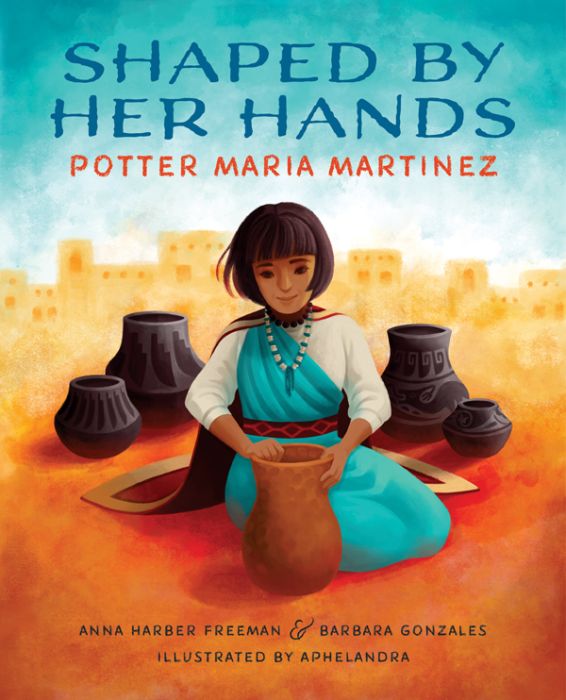
Shaped By Her Hands: Potter Maria Martinez
By Anna Haber Freeman, Barbara Gonzalez
Illustrators
Illustrated by Aphelandra
Edition
By Anna Haber Freeman, Barbara Gonzalez
Hardcover edition
Publisher Albert Whitman & Company Imprint Albert Whitman ISBN9780807575994
Shaped By Her Hands: Potter Maria Martinez
 17.55
17.55
Out of stock
SKU
9780807575994J
The most renowned Native American Indian potter of her time, Maria Povika Martinez learned pottery as a child under the guiding hands of her ko-oo, her aunt. She grew up to discover a new firing technique that turned her pots black and shiny, and made them—and Maria—famous. This inspiring story of family and creativity illuminates how Maria's belief in sharing her love of clay brought success and joy from her New Mexico Pueblo to people all across the country.
|
Standard MARC Records Cover Art |
Arts Elementary Plus (Grades 2-6)
Arts Elementary Plus
Arts Elementary Plus (Grades 2-6)
For Grades 2-6
Draw! Dance! Sing! The 14 books in this category celebrate creativity and will foster a love of the arts among elementary schoolers.
14 books per Year
$0.00 per Year
Interests
Biographies, Diversity, Nonfiction, Science/STEAM



